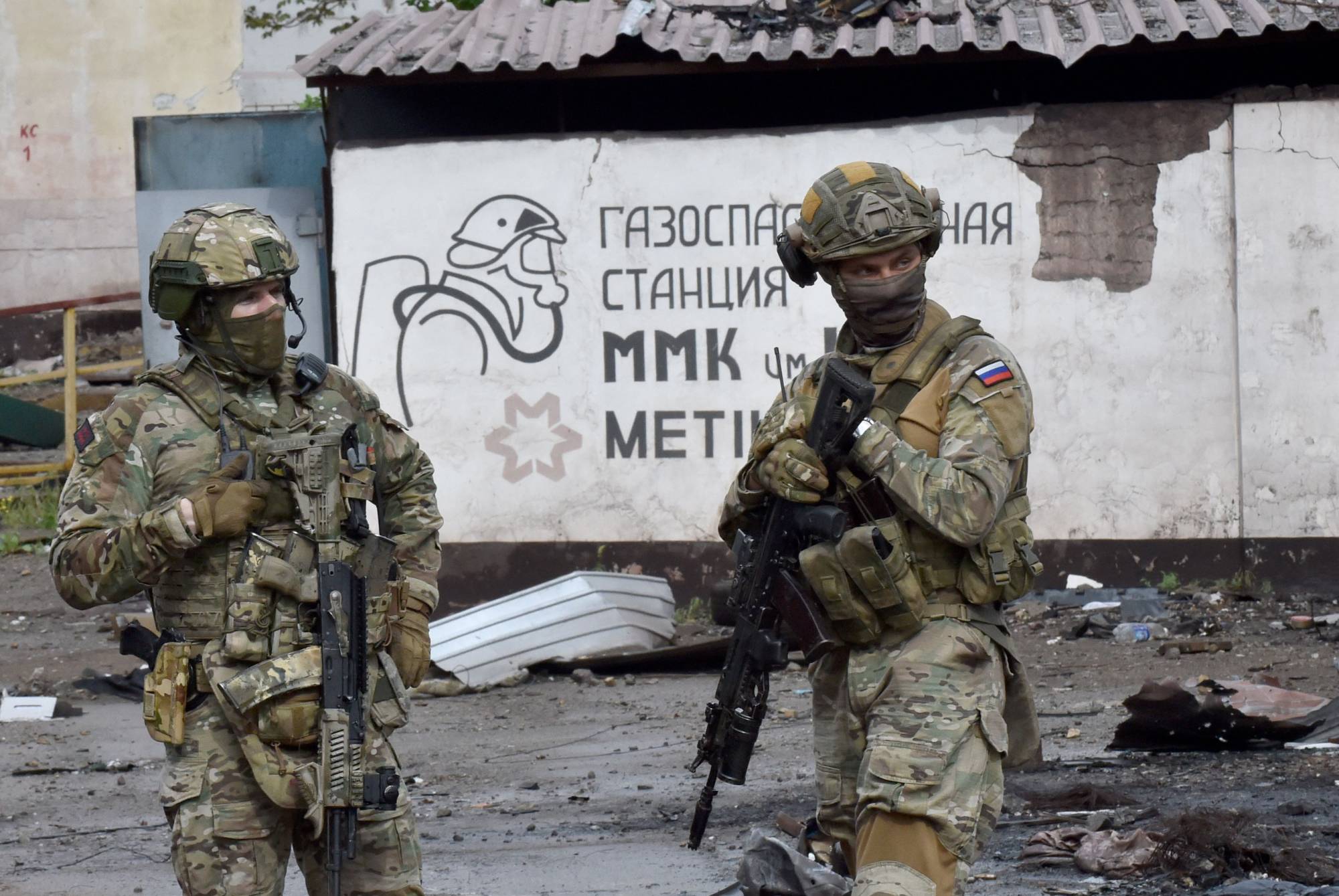Earlier this month, the U.S. intelligence community gave its assessment of the war in Ukraine: Russian President Vladimir Putin is preparing for a prolonged conflict, during which he still intends to achieve strategic goals beyond seizing the country’s southeastern Donbas region.
This assessment, announced by U.S. Director of National Intelligence Avril Haines during congressional testimony May 10, is based on two main factors: One, the conflict is transforming into a grinding war of attrition, with both Moscow and Kyiv believing they can continue making military gains, but with no clear winner likely to emerge in the near future. Two, Washington believes that Putin’s strategic goals have probably not changed, suggesting he regards his decision in late March to refocus forces on Donbas as only a temporary shift to regain the initiative after the Russian military’s failure to quickly capture Kyiv and prevent the United States and NATO from providing meaningful military aid to Ukraine.
While Russia has made slight progress in Donbas, the line of control has hardly moved and the Kremlin’s campaign has largely stalled. According to Haines, this means that Putin is facing a “mismatch between his ambitions and Russia’s current conventional military capabilities” that will likely see the conflict move in a “more unpredictable and potentially escalatory trajectory” over the coming months.

















With your current subscription plan you can comment on stories. However, before writing your first comment, please create a display name in the Profile section of your subscriber account page.